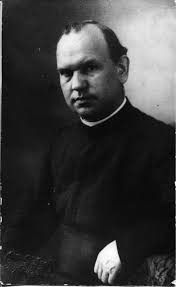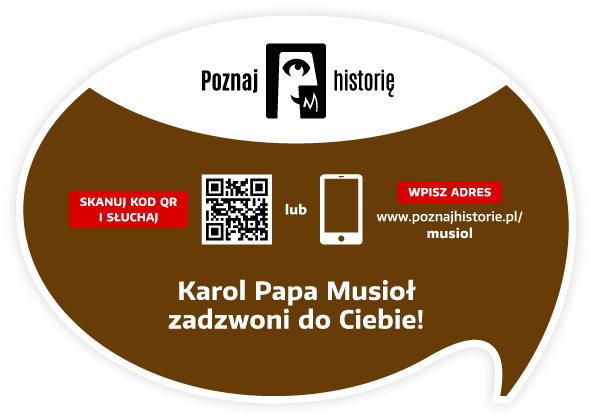Swoje nietypowe pasje przejawiał już jako dziecko. Interesowały go głównie historia i nauki przyrodnicze. Chciał rozwijać swoje pasje, a jako że pochodził z rodziny chłopskiej, postanowił wstąpić do zakonu. Przystąpił do nauki u księży werbistów - nadmieńmy, że zarówno zakon jak i szkoła istnieją w Rybniku do dziś - i to właśnie z nimi związał całą swoje życie. Zakon zasilali bardzo światli ludzie. Szkolono ich do podróży do dalekich krajów, a ich wykształcenie wykraczało daleko poza nauki teologiczne.
Jako młodzieniec, podczas pierwszej wojny, zainteresował się historią ziem kresowych dawnej Rzeczypospolitej. Służył na froncie wschodnim, m. in. w Wilnie, za co otrzymał pruski Krzyż Żelazny. Najważniejsze były jednak dla niego sprawy Polskie. Nic dziwnego, że szybko związał się z polskim ruchem na obszarze plebiscytowym na dawnym pruskim Górnym Śląsku.
A jak to się stało, że związał się właśnie z Rybnikiem? Wszystko przez powojenny podział Górnego Śląska pomiędzy państwo niemieckie, a państwo polskie. Rybnik, jako najdalej wysunięte na zachód, nadgraniczne miasto, wydał się ojcu Drobnemu najlepszym miejscem aby iść za swoim powołaniem.
W Rybniku doskonale rozwinął swoje pasje. Zaczął kolekcjonować antyki. Nawiązał kontakty z misjonarzami z całego świata dzięki czemu otrzymywał etnograficzne artefakty z Afryki, Dalekiego Wschodu, Australii i Oceanii. Okoliczni mieszkańcy zaczęli powierzać mu natomiast cenne pamiątki z Górnego Śląska. Wkrótce zbiory tak się rozrosły, że rybnicki klasztor stał się nieformalnym muzeum. I do tego znanym w całym kraju! Wszystko dzięki ponad dziesięciu tysiącom unikatowych przedmiotów, z których najstarsze sięgały średniowiecza. Bywali tu tak znani Polacy jak pisarz Gustaw Morcinek, podróżnik Stanisław Bełza czy Zofia Kossak-Szczucka - znana powieściopisarka.










Visit Social media:
Share Social media: